Beyond the Gold: Stitching the Symbolism of Gustav Klimt
 Houses on Lake Attersee Detail by Gustav Klimt - 1900
Houses on Lake Attersee Detail by Gustav Klimt - 1900
Stitching the Passion of Klimt-
Beyond the Gold: The Symbolism of Gustav Klimt
Gustav Klimt (14 July 1862 - 6 February 1918) was an Austrian symbolist painter and one of the most prominent members of the Vienna Secession movement. Klimt is noted for his paintings, murals, sketches, and other objets d'art. Klimt's primary subject was the female body, and his works are marked by a frank eroticism.
|
Gustav Klimt in 1887 |
Self-Portrait – Date Unknown |
Klimt was born in Baumgarten, a suburb of Vienna, Austria. His father, Ernst Klimt, was a gold and silver engraver. Klimt and his six siblings were all raised in a small apartment in Vienna. Klimt began drawing at a young age, and his father encouraged his artistic talents. At the age of 14 in 1876, Klimt enrolled at the Vienna School of Applied Arts, where he studied architecture and painting. In 1877 his brother, Ernst, only 13 at the time, also enrolled in the school.
Apple Tree I, by Gustav Klimt 1912
Klimt's professors, Ferdinand Laufberger, and after his sudden passing, Julius Victor Berger, were among those painters who participated in numerous decorative painting assignments for the recently constructed public and private buildings along Vienna's Ringstrasse. Laufberger included the Klimt brothers as assistants on some of these projects. By 1881, the two brothers and their friend, Franz Matsch, began working together as a team, having received numerous commissions. They called their new company "Künstler-Compagnie" (Artists Company). They moved to a collective studio in Sandwirthgasse 8 in the sixth Vienna district where they had space to create larger works as well.
Portrait of a Lady by Gustav Klimt, 1917
The company received its first assignments from architectural firm Fellner & Helmer, which erected theater buildings throughout the monarchy and needed curtains and ceiling paintings to furnish them. The young painters produced the ceiling paintings for the newly built theater in the Dalmatian coastal town of Fiume (now Rijeka, Croatia) and the ceiling paintings and curtains for the theaters in Carlsbad, Bohemia (now Karlovy Vary, Czech Republic) and Reichenberg (now Liberec, Czech Republic).
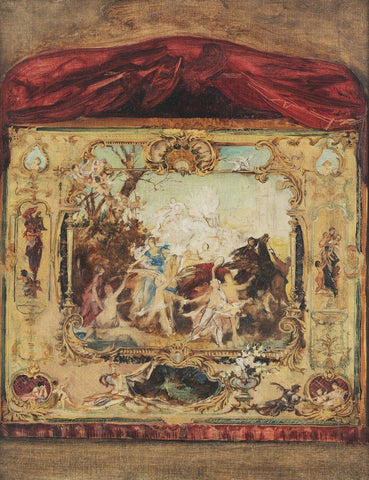
Theater Curtain in the Municipal Theater in Karlovy Vary, Czech Republic - Gustav Klimt 1886
From 1883 to 1884 Klimt created other works intended as illustrations for the "Allegories and Emblems" design collection. Viennese publisher Gerlach & Schenk released richly illustrated books from 1882 to 1885 and invited numerous artists to provide allegorical depictions for them. Klimt created the two paintings "Allegory of Fable" and "Allegory of Idyll" as well as several detailed drawings. Klimt was still painting in the then-popular neoclassicism style in these works. He executed them in a refined, meticulously detailed, realistic style.
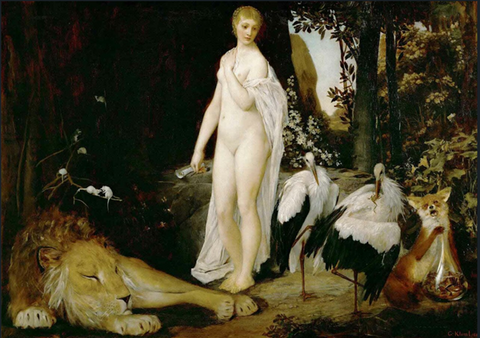
Allegory of Fable, Gustav Klimt 1884
In addition to the ceilings and murals and other works that Klimt and his brother had been commissioned to complete, Klimt was in demand to paint portraits. In these portraits created in the late 1880s and early 1890s, the young painter developed an astounding level of realism. Each detail was produced to an almost microscopic degree of perfection. These works are an impressive demonstration of the great artistry and technical painting expertise Gustav already possessed at the time.
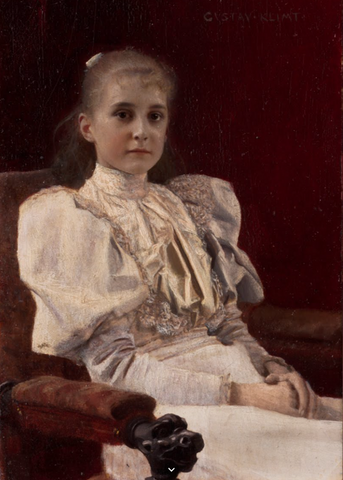
Gustav Klimt, Young Girl Sitting, 1894, Leopold Museum, Vienna, Austria.
In the early 1890s Klimt met Austrian fashion designer Emilie Louise Flöege (a sibling of his sister-in-law) who was to be his companion until the end of his life.
Portrait of Emilie Flöege by Gustav Klimt, 1902

Klimt became a member of the Vienna visual artists co-operative, the Künstlerhaus, which at the time was the most important artists association in Vienna. In 1892 the Artists Company moved to a studio in Josefstädter Straße 21 in Vienna's eighth district. The success of the artist company took a severe hit, however, when Gustav's brother Ernst died unexpectedly in 1892. Klimt's father also died in the same year. The artist company was dissolved, and Klimt fell into a deep creative crisis. Matsch moved out of the shared studio and Klimt continued to work there alone. In 1894 Klimt, his mother, brother Georg, and his two unmarried sisters Klara and Hermine moved to an apartment in Westbahnstrasse 36 in the seventh district of Vienna. He would spend the rest of his life here with his family unit, which only changed when Georg married and when their mother died in 1915.
The Virgin by Gustav Klimt, 1913
Klimt's mature style emerged in the late 1890s. In 1897, Klimt founded the Vienna Secession, a group of artists and architects who rebelled against the conservative academic art establishment. The Secessionists sought to create a new, modern style of art that was influenced by Art Nouveau, Symbolism, and Japanese art. Klimt became the president of the Secession, and he played a leading role in organizing its exhibitions and promoting its ideals. The Secessionists held regular exhibitions in Vienna, which featured the work of both Austrian and international artists. They also published a journal, Ver Sacrum, which promoted their ideas and showcased the work of their members. The Vienna Secession was one of the most important art movements of its time. It played a leading role in the development of Art Nouveau and helped to usher in a new era of modern art. The group disbanded in 1908, but its influence can still be seen in the work of artists and designers around the world.
Detail from the Tree of Life by Gustav Klimt, 1909
His paintings from this period are characterized by their use of gold leaf (likely influenced by his father’s work as a gold engraver), elaborate patterns, and symbolic imagery. Klimt's most famous paintings include "Judith and the Head of Holofernes" "The Kiss" and "Adele Bloch-Bauer I".
"Judith and the Head of Holofernes" (1901) is a powerful and disturbing depiction of the biblical story of Judith, a beautiful widow who seduces and then decapitates the Assyrian general Holofernes in order to save her home city of Bethulia.
Judith and the Head of Holofernes by Gustav Klimt, 1901
The painting is a complex and ambiguous work of art. It is both beautiful and disturbing, and it has been interpreted in many different ways. The painting is dominated by the figure of Judith, who is shown standing over the severed head of Holofernes. She is wearing a lavish golden gown, and her hair is styled in a fashionable updo. Judith's expression is calm and serene, but her eyes are fixed on the viewer with an unsettling intensity. In her left hand, she holds the severed head of Holofernes by the hair.
"The Kiss" (1907) is one of the most iconic and beloved works of art in the world. It depicts a couple embracing in a golden, jewel-encrusted setting, their bodies and faces intertwined in a timeless gesture of love and passion.
The Kiss by Gustav Klimt (1907)
The painting is a masterpiece of symbolism and Art Nouveau design. The couple's cloaks are decorated with intricate patterns and motifs that represent love, fertility, and the passage of time. The gold leaf that covers the background and many of the figures gives the painting a sense of luxury and opulence.
The Kiss is also a deeply personal work of art. Many believe that it is a self-portrait of Klimt with his lover, Emilie Flöege. The painting was created at a time of great personal and artistic upheaval for Klimt, and it reflects his deep search for meaning and purpose in life.
The Kiss was first exhibited in 1908, and it was immediately met with critical acclaim. The painting has since been reproduced countless times and has become a symbol of love and romance around the world. It is currently on display at the Upper Belvedere Museum in Vienna, Austria.
Another Klimt masterpiece is the Portrait of Adele Bloch-Bauer, the wife of a wealthy Jewish banker, Ferdinand Bloch-Bauer. It was painted between 1903 and 1907.
Portrait of Adele Bloch-Bauer I, by Gustav Klimt (1907)
The painting is considered to be one of the most iconic works of art from the Art Nouveau movement. It is also one of the most valuable paintings in the world, having sold for US$135 million in 2006.
The painting depicts Adele Bloch-Bauer sitting on a golden throne or chair, in front of a golden starry background. She is wearing a lavish gown that is decorated with gold leaf and intricate patterns. Her neck is adorned with a jeweled choker, and her head is surrounded by a halo of gold. Klimt's use of gold leaf in the painting gives it a sense of luxury and opulence. The intricate patterns and motifs on Adele's gown and chair represent her wealth and status. The golden starry background symbolizes her divinity and immortality.
Hygeia by Gustav Klimt (1907)
Klimt also painted a number of lesser-known works that are equally beautiful and fascinating. Here are a few examples:
The Lady with the Fan (1898): This portrait of a young woman is one of Klimt's most elegant and sensual works. The woman is shown wearing a lavish gown and holding a fan. Her expression is enigmatic and seductive.
The Lady with the Fan by Gustav Klimt (1898)
The Beethoven Frieze (1901-02): This frieze was commissioned by the Vienna Secession for the 14th Beethoven Exhibition. It is a musical interpretation of Beethoven's Ninth Symphony, and it depicts a variety of figures, including angels, demons, and warriors. The frieze is a complex and visually stunning work of art.
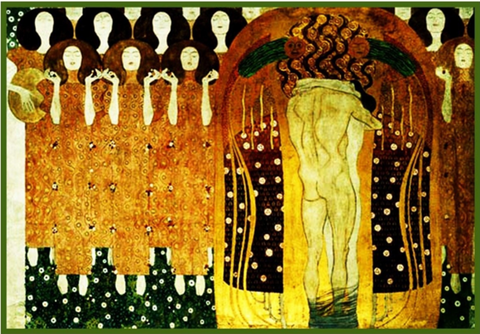
The Beethoven Frieze (1901-02), a Large Scale Painting by Gustav Klimt
Death and Life (1908-11): This large-scale painting depicts Death and Life as two sides of the same coin. Death is shown as a skeletal figure, while Life is shown as a young woman with a baby in her arms. The painting is a powerful meditation on the cycle of life and death.
Death and Life by Gustav Klimt (1908-11)
The Tree of Life (1909-11): This painting is a celebration of life and fertility. It depicts a tree with golden branches and leaves, and it is surrounded by a variety of animals and plants. The painting is a symbol of hope and regeneration.
The Tree of Life by Gustav Klimt (1909-11)
The Three Ages of Woman (1905): This painting depicts three women at different stages of life: a young girl, a mother, and an old woman. The painting is a reflection on the passage of time and the inevitability of death.
The Three Ages of Woman by Gustav Klimt, 1905 (Detail)
Klimt's work was often controversial, and he was criticized for his frank portrayal of sexuality and his use of religious and mythological themes in a secular context. However, Klimt was also one of the most successful artists of his time. He received numerous awards and commissions, and his work was exhibited in major galleries and museums around the world.
Klimt died in Vienna on February 6, 1918, following a stroke. He was 55 years old. Klimt's legacy as one of the most important and influential artists of the Art Nouveau movement is secure. His work continues to be exhibited and admired in galleries and museums around the world.
One more interesting tidbit - Adele Bloch-Bauer was the only person whose portrait was painted twice by Klimt. Both of her portraits hung in the Bloch-Bauer family home until they were stolen by the Nazis during World War II. After a lengthy court battle, the paintings were returned to Maria Altmann, the niece of Ferdinand Bloch-Bauer, in January 2006.
Portrait of Adele Bloch-Bauer II, by Gustav Klimt (1912)
In June 2006 the Portrait of Adele Bloch-Bauer I was sold to Ronald Lauder for $135 million for his public art museum, at the time a record price for a painting. In November of that year, Christie's auction house sold Portrait of Adele Bloch-Bauer II at auction for almost $88 million, the fourth-highest priced piece of art at auction at the time. The buyer was Oprah Winfrey.
The two paintings had a brief reunion at Neue Galerie in New York for the exhibition "Klimt and the Women of Vienna’s Golden Age, 1900–1918. The Portrait of Adele Bloch-Bauer I remains on display at Neue Galerie. During the summer of 2016, Winfrey sold Portrait of Adele Bloch-Bauer II to an unidentified Chinese buyer for $150 million.

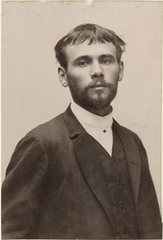
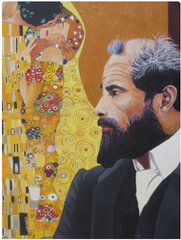
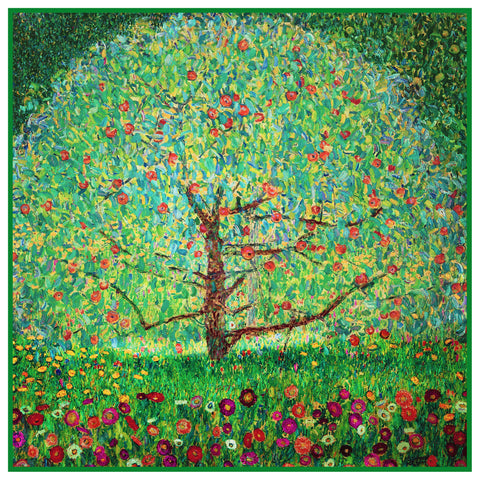
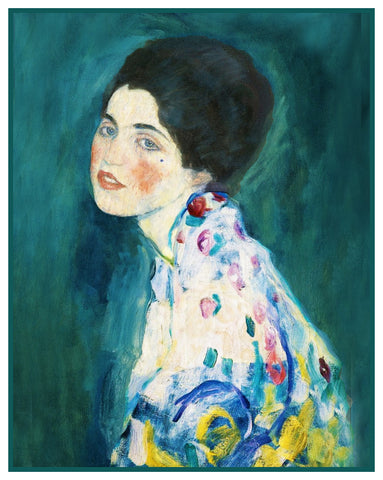
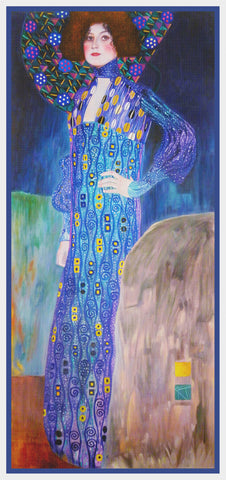
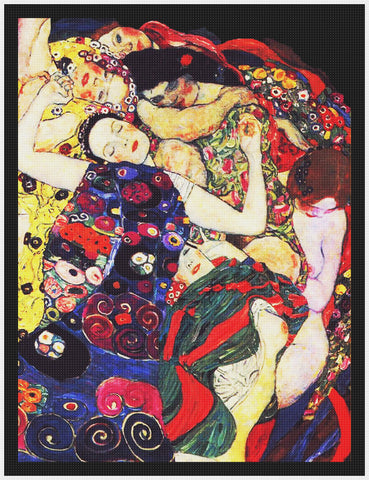

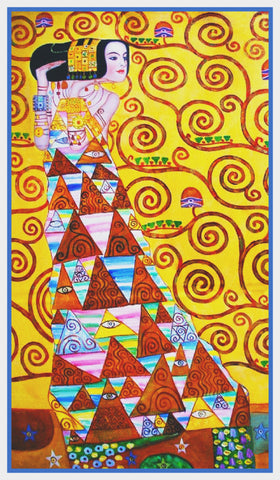
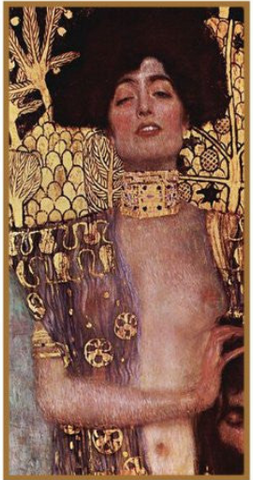
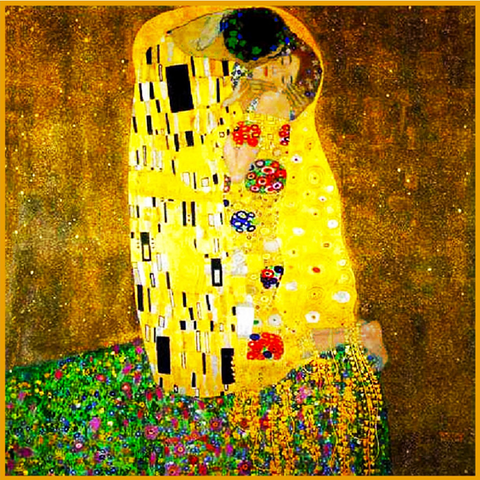
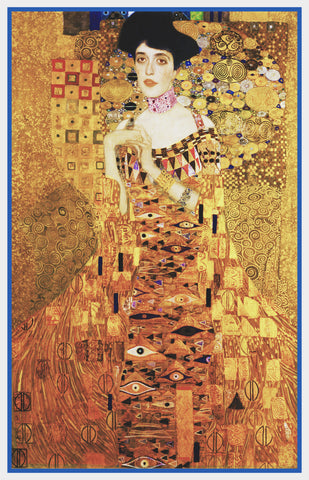
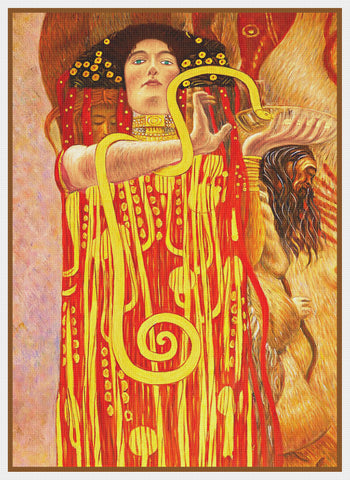
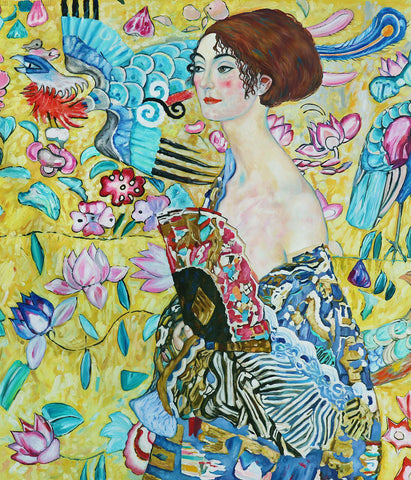
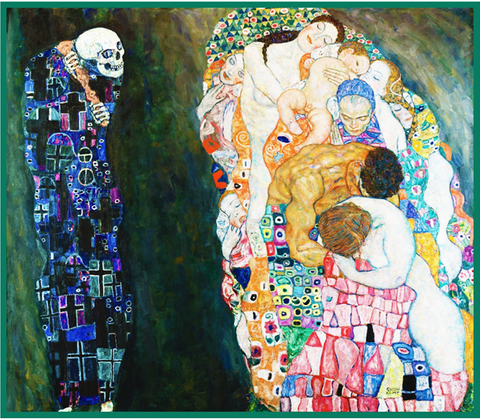
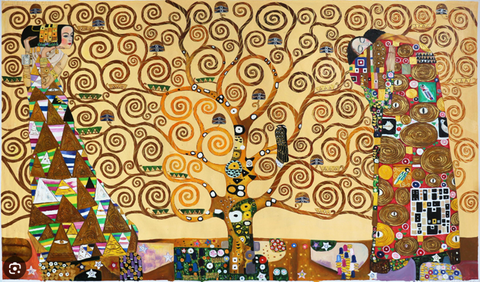
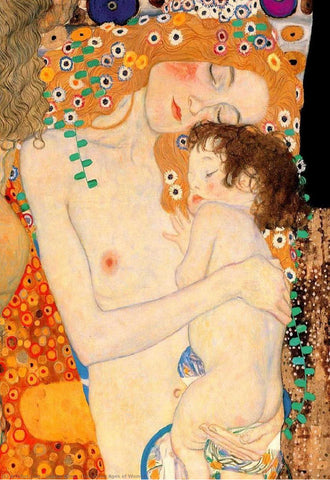
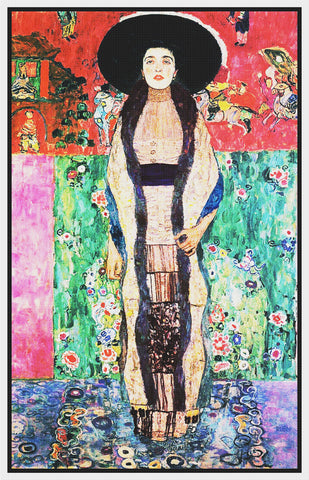
































































































































 Crayfishing (1898) A Family Celebration
Crayfishing (1898) A Family Celebration























































